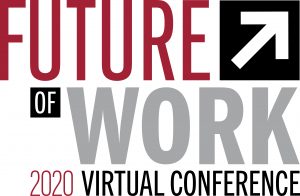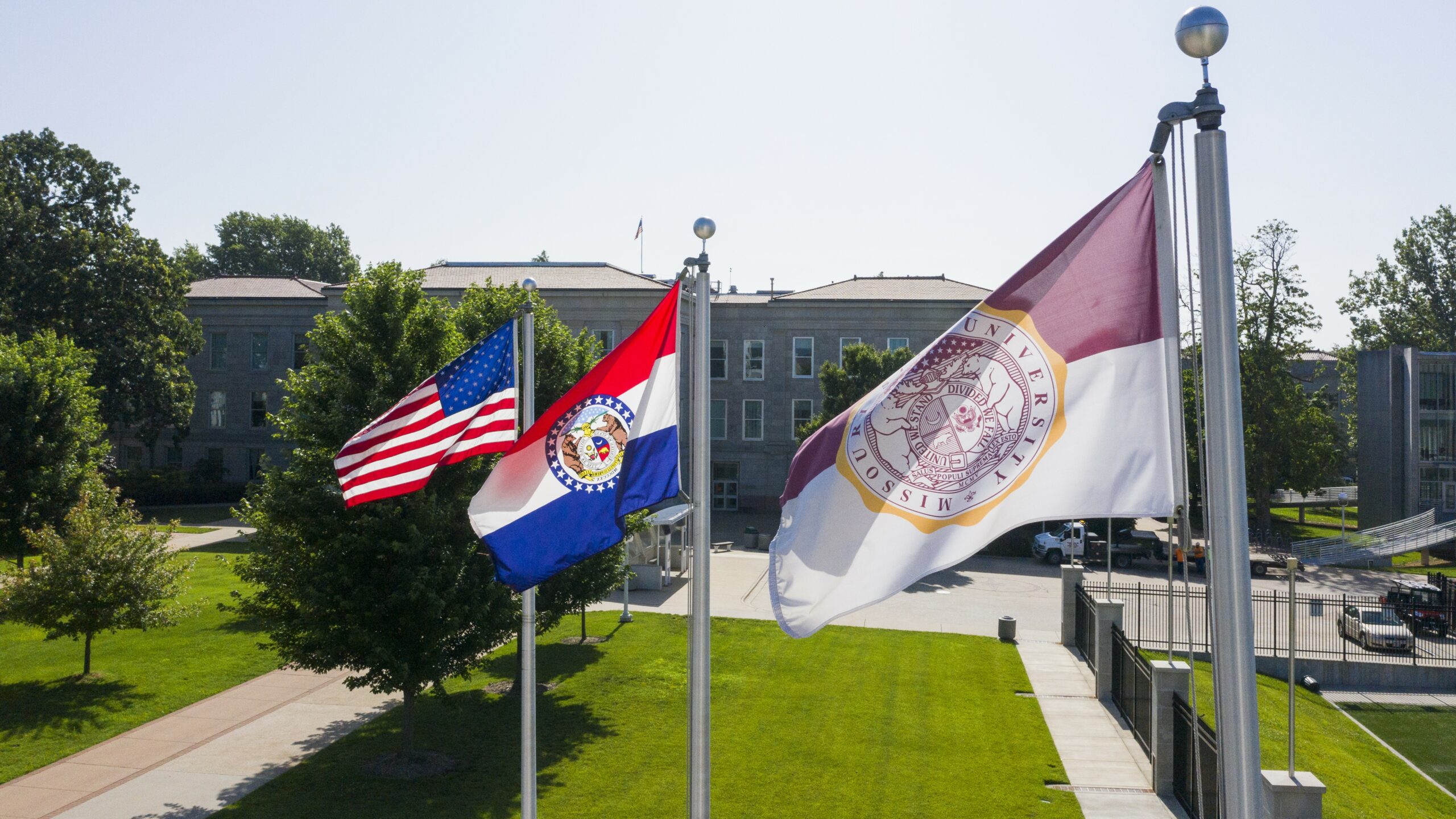With California in the midst of rising COVID-19 cases, the state’s unemployment rate is again on the rise, as is the monthly poverty rate, particularly affecting Black and Hispanic people. Experts anticipate both will continue well into 2021.
The needs of a workforce vary by community. It is against this backdrop that WorkingNation partnered with Pasadena City College Economic and Workforce Development Division’s (PCC EWD) to present its virtual Future of Work 2020 Virtual Conference focused on the role of education in a post-COVID economic recovery.
The discussion—co-hosted by Salvatrice Cummo, executive director of PCC EWD, and Ramona Schindelheim, editor-in-chief of WorkingNation—shed light on three themes for recovery: community college evolution, apprenticeship progression, and equity and inclusion integration.



The Role of the Community College in the Recovery
The overwhelming majority of community college students (80%) aspire to a bachelor’s degree, according to Opportunity America President Tamar Jacoby. But only 15% achieve it.
“That is not a very good batting average. We think community colleges should really rethink themselves kind of own the space,” Jacoby says. “Community colleges need to start seeing themselves as the nation’s workforce education provider.”
Preparing students for jobs and careers is a common goal, but degrees are an “outdated” path to get there, says National Council for Workforce Education Executive Director Darlene Miller, Ed.D. She says earning a degree does not guarantee a learned skillset.
“All the research is showing the people in the future are going to build up certifications. They’re going to take a certification here, a certification there, a certification here,” Miller says. “Nobody’s going to care about your degree. They’re going to care about what certifications they can get, and what skills they can get for that current job and then for the next job.”
Jacoby sees the value in both and says these types of formal education are a form of currency.
“The question for the future, I think, is what currencies are really going to take off. Right now, the degree and certificate currency still is the predominant one, for better or worse,” she says.
Because of this value, community colleges and other higher education institutions are ideal partners to meet the needs of the communities they’re in. Homegrown talent creates a pipeline of professionals, says D’Artagnan Scorza, Ph.D., executive director and founder of the Social Justice Learning Institute.
“[Partnerships] ensure that there are programs that link directly to communities that are not currently being served. The University of California, Riverside had started their medical school, with the intention to serve families in these communities. I think that’s probably a starting place,” Scorza says.
Watch the Future of Work 2020 Virtual Conference
The Value of Hands-On Training
Hands-on job and skills training through apprenticeships not only provide real world experience but can also serve as a pipeline for potential employees. But Miller says job training programs need to provide more than the technical experiences for the role right now. In other words, take job training for a “low skill” role to “high skill” potential.
“Future of work opportunities are for high-skilled…in terms of literacy development, numeracy development, and digital learning development. And my concern for the future is how are we going to get those folks who were not successful in traditional education, who are low-skilled, to the place that they can be successful in the future of work,” she says.
Apprenticeships can expose jobseekers to careers, but for long-term development, introductions to career paths should start before the community college level, says Reg Javier, executive director of the California Employment Training Panel. Javier says it can start as early as grammar school.
“You can actually penetrate communities and cause young folks to start thinking about different occupations and different professions that they may have never thought that they could ever imagine themselves being in,” Javier says.
“Once we started doing that kind of work and having businesses engaged in the K-12 system, we were able to start connecting community colleges to that system and start articulating coursework down into the high school levels, actually giving college credits in high school, so the kids graduated high school with some level of college.”
Equitable and Inclusive Access
For opportunities to be open for all, serious attention to how all components of a workforce process are addressing equity and inclusion is key, according to the conference experts.
For employers, it could mean an employee base that reflects the community where the company is located or requiring vendors and contractors to hire from marginalized communities. In higher education, representation matters, according to Sheneui Weber, vice chancellor for Economic and Workforce Development at the California Community Colleges Chancellor’s Office.
“Seventy-three percent of our students are students of color and yet 72% of our Academic Senate presidents are white, 61% of our tenured faculty are white, just to share a couple of statistics,” Weber says. “For students to be served properly, we have to make sure that they’re able to identify and relate. Research tells us that student achievement is correlated to the diversity and representation of the faculty and staff of our system.”
Scorza has an expanded definition of inclusivity. Widely available broadband internet services and access to technology to fulfill classwork and learning requirements are only part of the solution. These can address longstanding issues for students in rural communities, and for those who may be homeless.
He also calls for “equitable school day practices” such as flexible learning options so students can still pursue their higher education and training while also working to meet financial and family responsibilities.
“There are some structural issues that I think our young folk are dealing with. Not having enough money to both attend college and at the same time having the need to work, and still have the time to study and do all the things that ‘I need to do in this economy,’ especially living in a place like Los Angeles where rents are skyrocketing,” he says. “If we think about the future of work, we have to consider how all of these factors play a role and prevent our future workforce from even entering a pathway to help them succeed.”
The Future of Work Conference was sponsored by Verizon.











